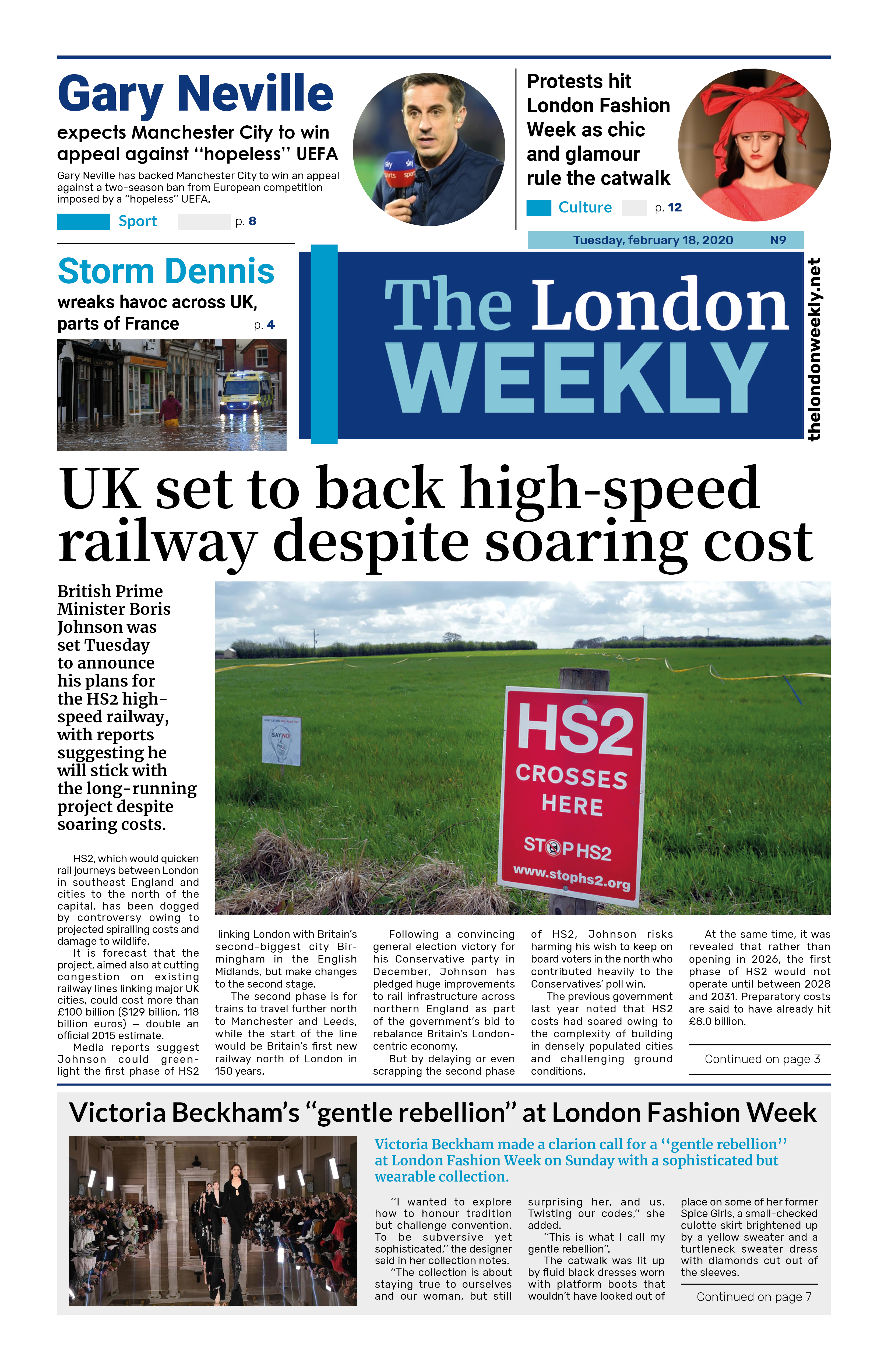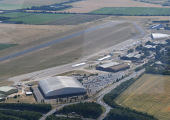
A new report, set to be published on Tuesday, reveals that outdated technology is crippling productivity across the UK public sector, costing taxpayers £45 billion annually—enough to fund all
primary schools in the UK for a year.
The reliance on archaic systems has not only inflated costs but also eroded public satisfaction with essential services like the NHS and local councils. The report highlights widespread inefficiencies, such as public sector workers spending excessive time handling physical letters or citizens being forced to apply for services in person. Nearly half of public services remain inaccessible online, leading to long response times and frustrating delays for users.
Legacy Systems and Missed Opportunities
The report criticizes previous governments for allowing critical infrastructure to decay, resulting in overdependence on costly contractors and outdated systems. Findings show:
25% of digital systems in central government are outdated, with some departments nearing a staggering 70% reliance on obsolete tech.
NHS England experienced 123 critical service outages last year alone, disrupting patient care and forcing staff to revert to manual processes.
Contractors, costing three times more than permanent staff, account for £14.5 billion of annual expenditure due to headcount restrictions and low civil service salaries.
These issues are exacerbated by poor information sharing between departments. For example, patients with long-term health conditions often navigate over 40 separate services to access necessary care, repeating their details at each step.
Ambitious Reforms on the Horizon
The government plans a major overhaul of public sector technology, spearheaded by Technology Secretary Peter Kyle. The reforms aim to modernize digital systems, streamline processes, and improve accessibility, delivering billions in savings while enhancing service delivery.
Key initiatives include:
AI-powered tools: New technologies like "Connect" and "Scout" will optimize energy grid connections and ensure major infrastructure projects stay on time and budget.
Cybersecurity upgrades: The expanded Government Digital Service will identify and resolve vulnerabilities to protect against cyberattacks.
Kyle stated, “There’s a £45 billion opportunity if we modernize our tech. The Plan for Change will eliminate inefficiencies, save money, and ensure public services are fit for the future.”
Driving Innovation with AI
Two new AI tools were unveiled to tackle specific challenges:
Connect: Designed to speed up the integration of renewable energy projects into the national grid, reducing delays and bolstering energy security. The tool could significantly cut wait times for wind and solar farms, advancing the UK’s clean energy goals.
Scout: This tool analyzes vast amounts of data to flag potential issues in large-scale infrastructure projects, ensuring they remain on time and budget. Early tests show Scout can cut document review times from hours to minutes, improving efficiency and project management.
A Path Toward Efficiency and Growth
The reforms align with the government’s AI Opportunities Action Plan and Plan for Change, which aim to boost productivity, modernize public services, and drive economic growth. These advancements are expected to free up resources, improve citizen experiences, and attract top talent to the civil service.
Energy Secretary Ed Miliband commented, “Innovative tools like Connect will help us fast-track renewable energy projects, ensuring we meet our clean power targets while reducing energy bills.”
By embracing cutting-edge technology, the UK public sector hopes to reverse decades of underinvestment and position itself as a global leader in efficient, AI-driven governance.



































